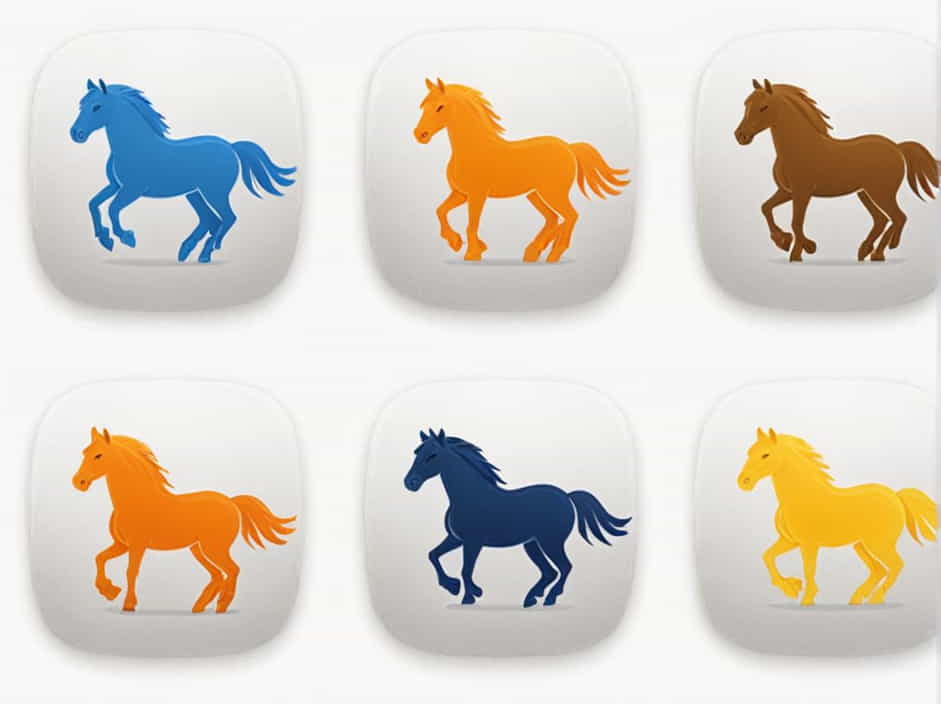In the world of horse breeding, the term broodmare refers to a female horse used for producing foals. These mares play a crucial role in maintaining and improving horse bloodlines, whether for racing, show jumping, or other equestrian disciplines. But what exactly is a broodmare used for? This topic explores their purpose, selection criteria, care requirements, and their impact on the equine industry.
What Is a Broodmare?
A broodmare is a mature female horse that has been specifically chosen for breeding. Unlike horses used for competition or work, broodmares are primarily valued for their genetics, temperament, and ability to produce strong, healthy offspring.
Key Characteristics of a Broodmare
- Typically retired from racing or competition
- Selected based on strong pedigree and performance history
- Known for good health, fertility, and maternal instincts
What Is a Broodmare Used For?
1. Producing High-Quality Foals
The primary purpose of a broodmare is to produce foals that inherit desirable traits such as speed, strength, and agility. In thoroughbred racing, for example, elite broodmares are paired with top stallions to create future champions.
2. Preserving and Improving Bloodlines
Broodmares help maintain and enhance specific equine bloodlines. Breeders carefully select mares to ensure that offspring have the best genetic advantages for their intended discipline, whether it’s racing, dressage, or show jumping.
3. Supporting the Horse Industry
The breeding industry relies on high-quality broodmares to produce the next generation of sport and workhorses. This impacts various sectors, including horse racing, equestrian sports, and even therapeutic riding programs.
Selecting a Broodmare: What Makes a Good Breeding Mare?
Not all mares are suitable for breeding. Here are some key factors that determine whether a horse is a good candidate for becoming a broodmare:
1. Strong Pedigree
A mare with a successful lineage increases the likelihood of producing foals with high potential in racing or competition.
2. Proven Performance
Many breeders choose mares that have excelled in their sport, believing their skills will pass down to their offspring.
3. Good Conformation
Physical structure is important for producing healthy foals. A broodmare should have:



4. Fertility and Reproductive Health
A mare must have good reproductive health to ensure successful pregnancies. Veterinary examinations help determine if a mare is capable of carrying foals safely.
5. Gentle Temperament
A good broodmare should be calm and nurturing, as her temperament can influence her foals’ behavior.
Care and Management of a Broodmare
Proper care is essential to keep a broodmare healthy and ensure successful breeding.
1. Nutrition and Diet
Broodmares need a well-balanced diet rich in:
- Protein for fetal development
- Vitamins and minerals (calcium, phosphorus, and folic acid)
- High-quality forage and grain supplements
2. Veterinary Care
Regular check-ups ensure the broodmare remains healthy throughout pregnancy. Common veterinary practices include:
- Ultrasound checks to confirm pregnancy
- Vaccinations to protect against diseases
- Deworming and dental care
3. Proper Housing and Exercise
- Broodmares should have access to pastures for natural movement.
- Moderate exercise is encouraged to maintain fitness during pregnancy.
The Broodmare’s Role in Foaling and Raising a Foal
Once a mare is pregnant, she carries the foal for approximately 11 months. As the foaling date approaches, breeders prepare for the birth by ensuring:
- A safe, clean foaling area
- Close monitoring of signs of labor
- Immediate veterinary care if needed
After birth, the broodmare continues to play a vital role by nursing and caring for the foal. A strong maternal bond helps the foal develop physically and socially.
Retirement of a Broodmare
Broodmares typically retire from breeding between 15 to 20 years old, depending on their health and reproductive success. Many retired broodmares go on to become:
- Companion animals for younger horses
- Riding horses if physically capable
- Therapy horses in equine-assisted programs
A broodmare is essential in horse breeding, ensuring the continuation of strong, competitive bloodlines. Carefully selected and well-cared-for broodmares produce high-quality foals that shape the future of equestrian sports and horse-related industries. Whether in racing, show jumping, or work disciplines, the contribution of a broodmare is invaluable.
